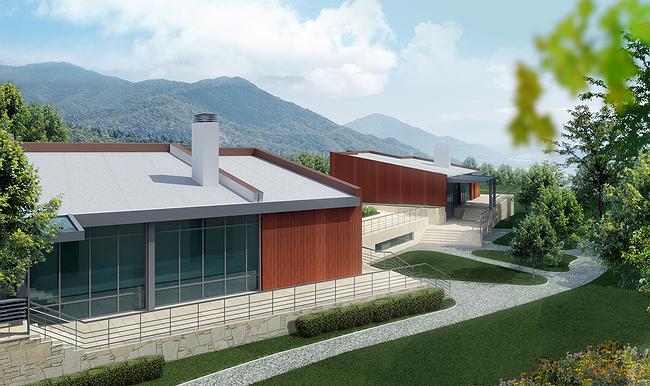‘Achipse’ health centre
In its new project the ‘Panacom’ workshop aimed at combining luxury with simplicity while creating a laconic image of ‘residential cell’






17 June 2007

Written by: